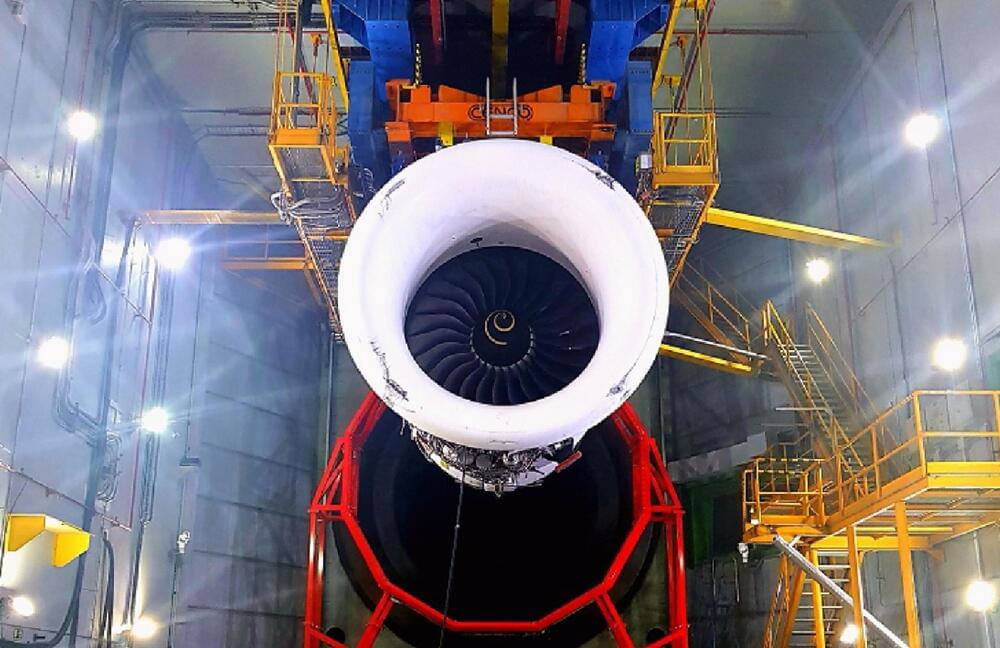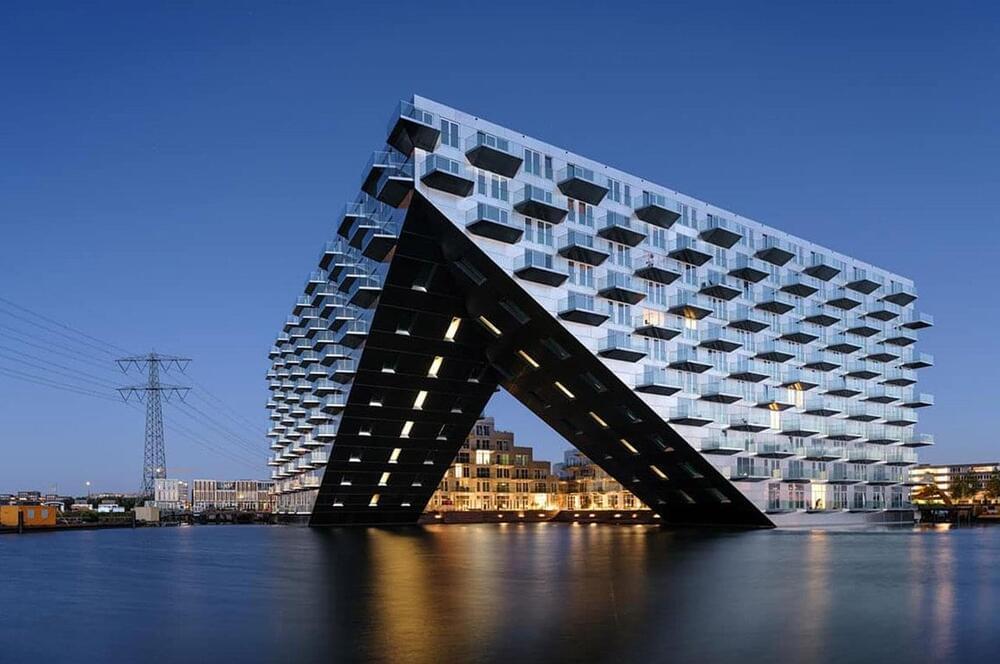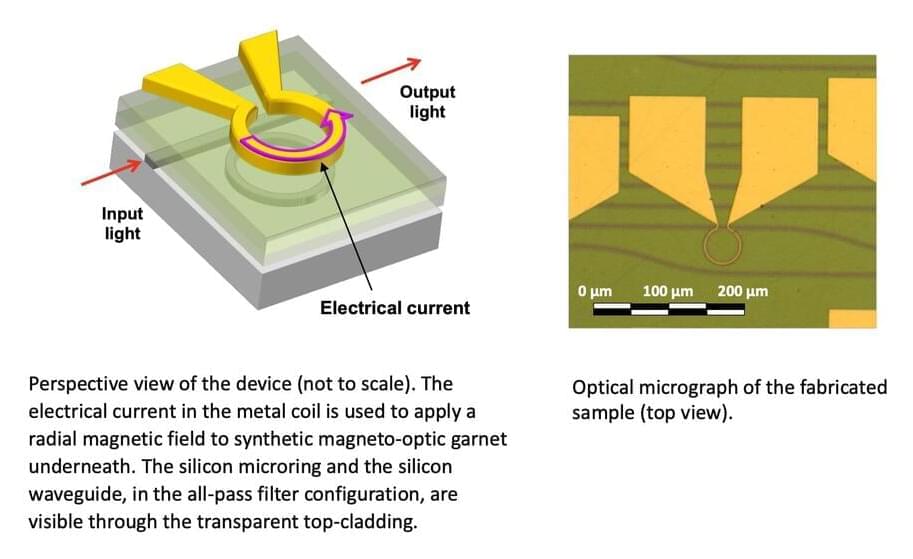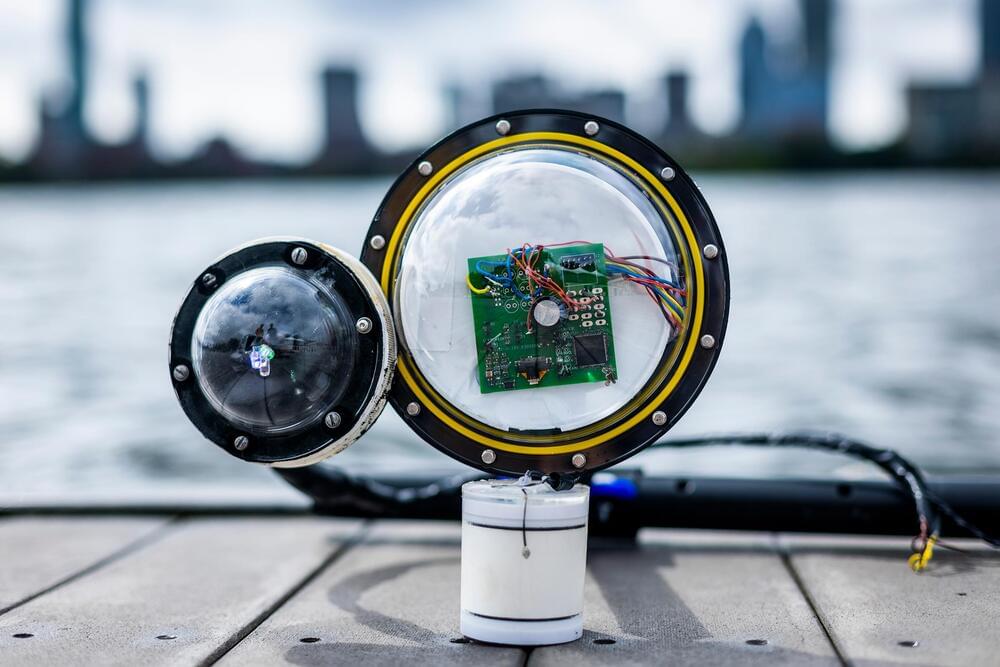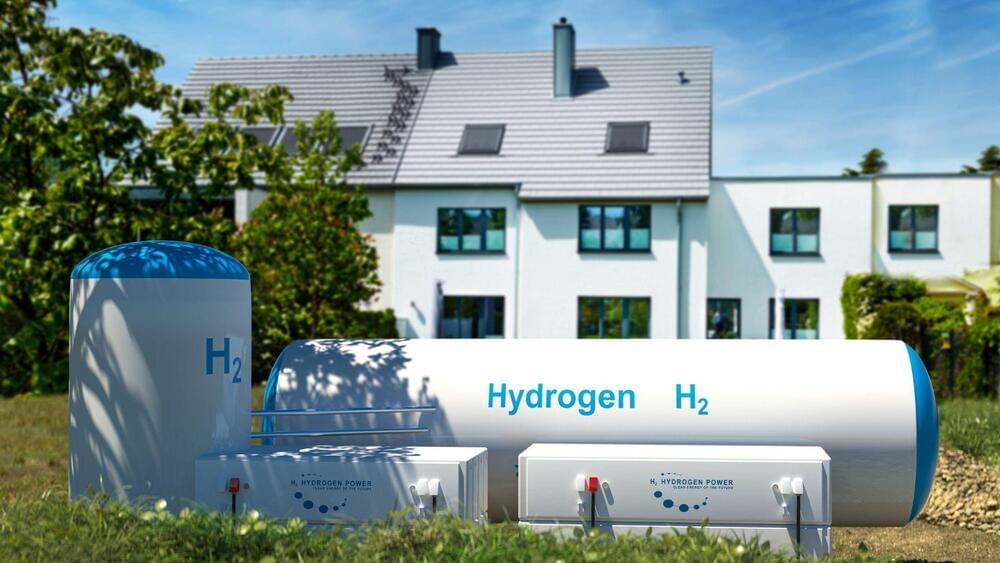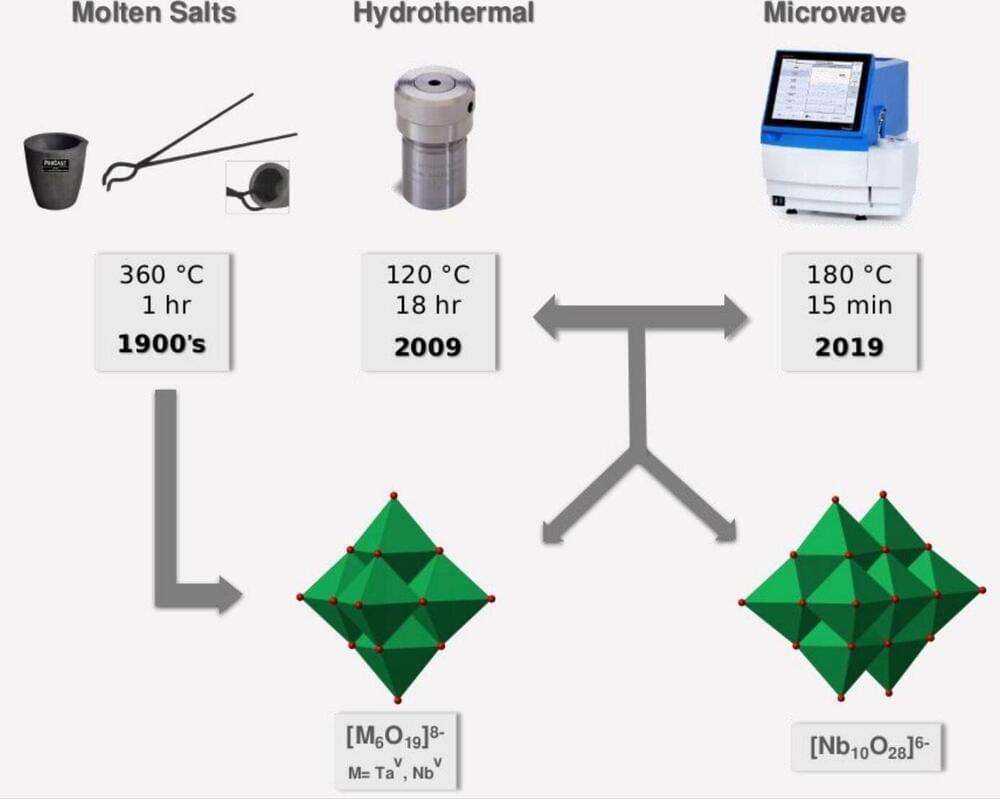In the future, many computers will most likely be based on electronic circuits made of superconductors. These are materials through which an electrical current can flow without energy losses, could be very promising for the development of high-performance supercomputers and quantum computers.
Researchers at University of California Santa Barbara, Raytheon BBN Technologies, University of Cagliari, Microsoft Research, and the Tokyo Institute of Technology have recently developed a magneto-optic modulator—a device that control the properties of a light beam through a magnetic field. This device, introduced in a paper published in Nature Electronics, could contribute to the implementation of large-scale electronics and computers based on superconductors.
“We are working on a new technology that can speed up high-performance supercomputers and quantum computers based on superconductor technology,” Paolo Pintus, the researcher who led the study, told TechXplore. “Superconductors work properly only at low temperatures, generally just above absolute zero (−273.15° Celsius). Because of this, circuits made of these materials must be kept inside a dedicated refrigerator.”
